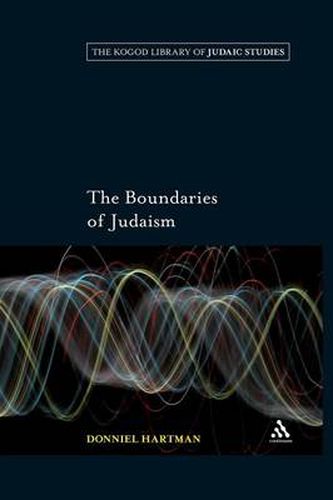Readings Newsletter
Become a Readings Member to make your shopping experience even easier.
Sign in or sign up for free!
You’re not far away from qualifying for FREE standard shipping within Australia
You’ve qualified for FREE standard shipping within Australia
The cart is loading…






The factionalism and denominationalism of modern Jewry makes it supremely difficult to create a definition of the Jewish people. Instead of serving as a uniting force around which community is formed, Judaism has itself become a source of divisions. Consequently, attempts to identify beliefs or practices essential for membership in the Jewish people are almost doomed to failure.Aiming to take readers beyond the divisions that characterize modern Jewry, this book explores the ever contentious question of who is a Jew. Through a historical survey of the shifting boundaries of Jewish identity and deviance over time, the book provides new insights into how Jewish law over the centuries has erected boundaries to govern and maintain the collective identity of the Jewish people. Drawing on these historical strategies the book identifies the causes and reasons that underlie them, and employs these in order to help construct a guide for creating a structure of boundaries relevant for contemporary Jewish existence.
$9.00 standard shipping within Australia
FREE standard shipping within Australia for orders over $100.00
Express & International shipping calculated at checkout
The factionalism and denominationalism of modern Jewry makes it supremely difficult to create a definition of the Jewish people. Instead of serving as a uniting force around which community is formed, Judaism has itself become a source of divisions. Consequently, attempts to identify beliefs or practices essential for membership in the Jewish people are almost doomed to failure.Aiming to take readers beyond the divisions that characterize modern Jewry, this book explores the ever contentious question of who is a Jew. Through a historical survey of the shifting boundaries of Jewish identity and deviance over time, the book provides new insights into how Jewish law over the centuries has erected boundaries to govern and maintain the collective identity of the Jewish people. Drawing on these historical strategies the book identifies the causes and reasons that underlie them, and employs these in order to help construct a guide for creating a structure of boundaries relevant for contemporary Jewish existence.